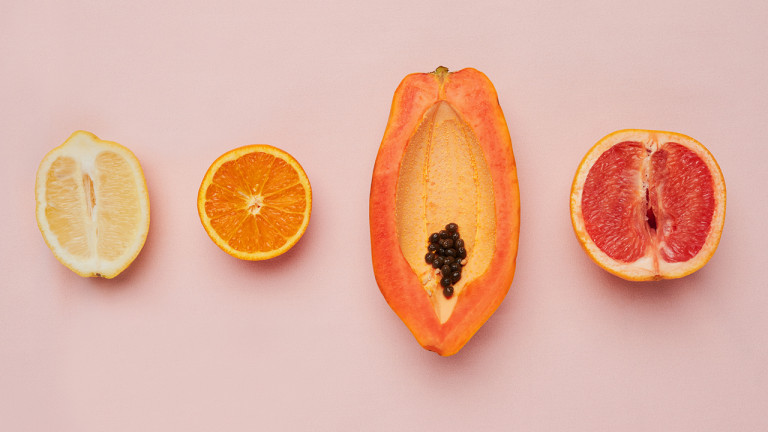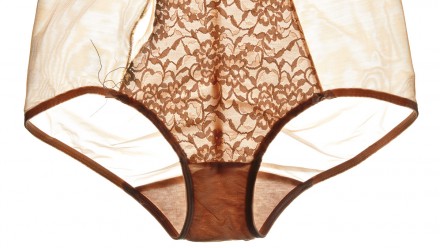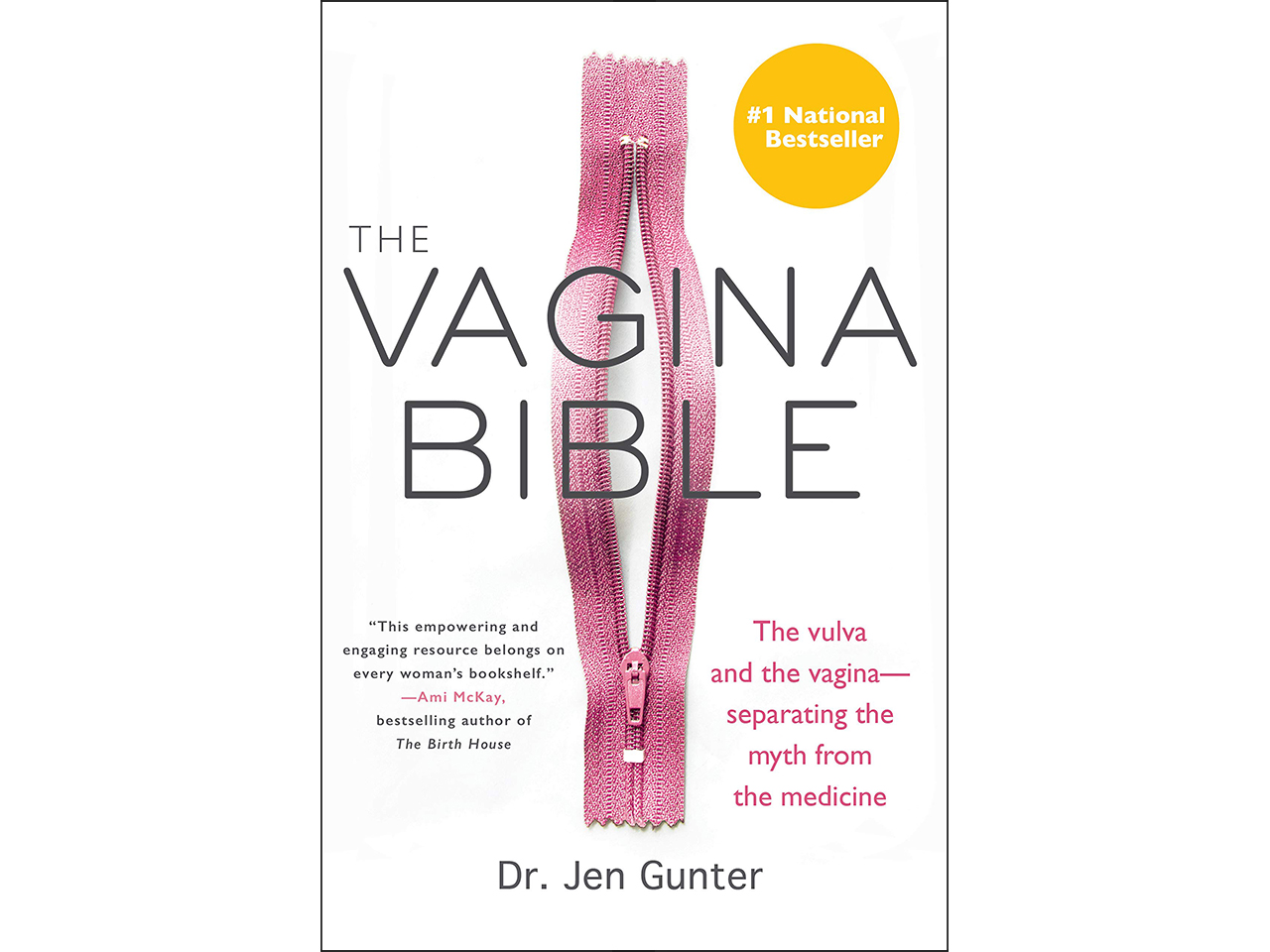In The Vagina Bible, Dr. Jen Gunter separates myths from facts and offers some pretty surprising information about vulvas and vaginas.

Photo: iStockphoto
If you’ve never heard of Dr. Jen Gunter, you must not be on Twitter. The Canadian OB/GYN has become the internet’s go-to expert on all things lady parts, and isn’t afraid to speak her mind and bust open long-held myths about women’s health (including that time she famously took down Gwyneth Paltrow’s GOOP brand).
In her new book The Vagina Bible, the Winnipeg-born, San Francisco-based doctor, who is also the star of the CBC docuseries Jensplaining, reveals all sorts of juicy (sorry!) tidbits about vaginas. Here are a few things we learned.
1. It’s actually called a vulva.
If you know, you know—but lots of people still don’t, so Gunter breaks it down for us. The outside part that touches your underwear? That’s what most people call the vagina, but it’s actually your vulva. The inside part is called the vagina. And, fun fact: The transition zone between the two is called the vestibule! Now you know. (And your kids should learn the proper terminology, too.)
2. The size of your vagina is unrelated to your overall size and body shape.
Vaginal length can vary significantly, so if you’re a tall, larger woman but you feel like maybe the length of your vaginal canal might actually be short, it could be.
3. There’s no such thing as a G-spot.
 The truth about pelvic prolapseWait, what? Yep. Gunter says multiple studies have found nothing beyond the urethra, the clitoris and the vaginal wall in the location where the so-called G-spot is supposed to be. What’s more, there’s nothing wrong with you if you cannot have an orgasm without clitoral stimulation (and you’re not special if you can).
The truth about pelvic prolapseWait, what? Yep. Gunter says multiple studies have found nothing beyond the urethra, the clitoris and the vaginal wall in the location where the so-called G-spot is supposed to be. What’s more, there’s nothing wrong with you if you cannot have an orgasm without clitoral stimulation (and you’re not special if you can).
4. Lacy underwear doesn’t cause yeast infections.
Love how you feel wearing pretty, lacy, non-cotton underwear? Then wear them. Wear whatever underwear you want. According to Gunter, the idea that women are at higher risk of yeast infections if they choose non-cotton underwear is a myth which began before doctors fully understood the vaginal ecosystem or the biology of yeast infections.
5. Vaginas are 100% self-cleaning.
Many women clean their vaginas by douching, inserting wipes, steaming, using deodorant suppositories and scented sprays. This isn’t just unnecessary, it’s dangerous—especially douching, which has been proven to damage healthy vaginal bacteria and the protective mucus layer, making you more vulnerable to bacterial vaginosis. (The symptoms of this are itching, burning, foul odour or unusual discharge—similar to yeast infections, but treatment is quite different, so see your doctor if you aren’t sure.)

Cover: Amazon
6. There’s nothing wrong with your vagina if you need lubricant for sex.
It’s common for women to think there’s something not quite right if they require lube for sex. Not true. There’s all sorts of reasons for vaginal dryness—breastfeeding, some types of birth control, insufficient foreplay, menopause—but there no shame in using it and you aren’t broken if you decide to. Lube, says Gunter, is like glasses: some people have always needed them, some of us need glasses as we age, and some just need glasses for reading. But we don’t judge people who wear them, including ourselves. Just one note: If you’re trying to conceive, make sure the lube you choose doesn’t contain a spermicide.
7. Pubic hair has an actual function.
There’s a reason women’s bodies grow pubic hair—it’s thought to protect the vulva by providing physical protection, trapping microscopic dirt and debris, and maintaining humidity (fun fact: the skin on your vulva has a high moisture content). What’s more, removing pubic hair can hurt women. More than half of women who have removed it say they’ve experienced at least one complication, such as lacerations, burns, rashes and infections. So if your pubic hair doesn’t bother you, feel empowered to leave it be. But if you prefer to remove it, know that Gunter herself opts for waxing, but she does not remove the hair on her labia majora or around the anus due to the risk of irritation that can be hard to treat.
8. You don’t need to live with vagina pain.
There are a bunch of different reasons your vagina might hurt, either during sex or otherwise (one of the most common reasons is pelvic floor muscle spasms, for the record). But vagina pain isn’t something you need to simply accept. There are plenty of treatment options to talk to your healthcare provider about, such as pelvic floor therapy, vaginal dialators, Botox injections, psychological therapy (not because the pain is in your head, but because pain affects your life), and more.
Click here to buy The Vagina Bible.
This article was originally published online in October 2019.
FILED UNDER: health service viral Instagram Sex Vulvovaginitis Women’s health
Source link : https://www.todaysparent.com/family/family-health/things-you-might-not-know-about-your-vagina












